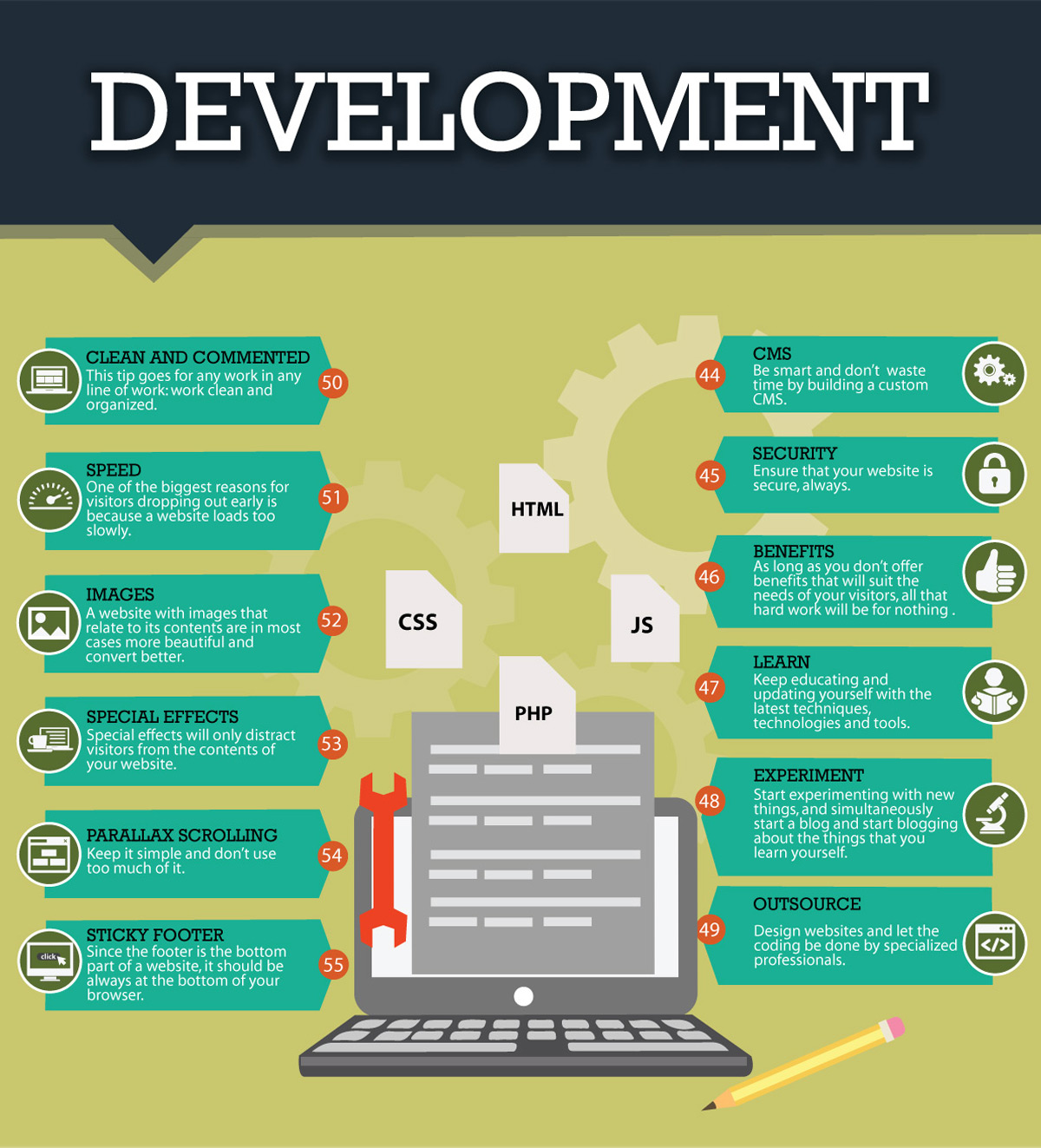Website Layout Basics: Tips For Structure A User-Friendly Site
Website Layout Basics: Tips For Structure A User-Friendly Site
Blog Article
Material Composed By-Wiley Skinner
When it concerns internet site design, making certain user-friendliness is crucial. From responsive design to streamlined navigating, every element plays an essential function in creating a site that caters to your target market's requirements. However what about the finer information that can make or damage an individual's searching experience? Keep tuned as we reveal some often-overlooked suggestions that can boost your site's usability to the next level, making it genuinely stand out in the electronic landscape.
Importance of Responsive Design
Responsive style is a crucial element of contemporary site growth. Ensuring your internet site is responsive methods that it can adapt to different display dimensions and devices, supplying a smooth experience for individuals.
With the raising use of smartphones and tablets to access the internet, having a receptive design is vital for getting to a wider target market. It helps in boosting user experience by making your web site simple to browse and keep reading any type of device.
Additionally, receptive style can favorably affect your internet search engine positions, as online search engine like Google focus on mobile-friendly sites. By having a responsive style, you're likewise future-proofing your web site, as new gadgets with varying screen sizes remain to emerge.
Simplify Navigation Framework
To enhance user experience and help with simple access to information on your web site, simplifying the navigation framework is extremely important. When creating your website, concentrate on producing a clear and intuitive navigating food selection that aids visitors find what they're searching for swiftly.
Limitation the number of menu things to the basics, grouping relevant web pages together to avoid overwhelming customers. Usage detailed labels that clearly show the content of each page, making it easier for customers to understand where each web link will certainly take them.
Consider executing dropdown menus for subcategories to prevent jumbling the primary navigation bar. Furthermore, consist of a search bar prominently on the web page for individuals that favor looking for specific info.
updated blog post in your navigating style to make sure very easy access on all tools.
Maximize Web Page Lots Speed
Improving web page load rate is vital for maintaining visitors on your internet site. Slow-loading web pages frustrate individuals and can lead to high bounce prices. To maximize page load rate, beginning by enhancing photos. Compress photos without compromising top quality to lower their file dimensions.
Furthermore, allow browser caching to keep often accessed resources locally, quickening load times for returning visitors. Minify CSS, JavaScript, and HTML documents by eliminating unneeded characters, remarks, and formatting, improving load speed.
Consider utilizing a material distribution network (CDN) to distribute your website's content across multiple web servers worldwide, decreasing latency for customers accessing your website from different places. Finally, restrict using third-party scripts and plugins, as they can considerably influence tons times.
Conclusion
In conclusion, by including responsive layout, simplifying navigation, and enhancing page lots rate, you can produce a straightforward web site that attract a wider target market and improves individual experience. These essential elements guarantee that visitors can easily access and navigate your site throughout different gadgets, leading to boosted interaction and complete satisfaction. By focusing on https://www.searchenginejournal.com/restaurant-seo-tips/208644/ , you can construct an effective site that maintains users returning for even more.
